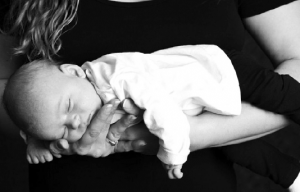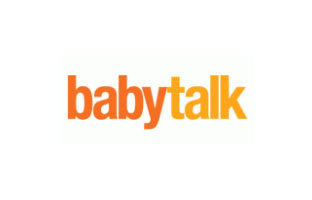Does your baby always turns her head to the right or left side? If so, you may want to ask your pediatrician if your child has a condition called congenital muscular torticollis (CMT). Torticollis means “twisted neck” and this condition is usually caused by tightness in one or more neck muscles. A baby with CMT often turns her head to one side with her chin pointed in the opposite direction. One shoulder is typically held in a higher position than the other. Infants with this condition are at an increased risk for developing flat spots on the head (positional plagiocephaly).
Infants are typically diagnosed with CMT sometime during the first two month of life. If not treated, CMT limits an infant’s ability to move her head freely to see and visually explore the environment, and CMT is often associated with delays in motor milestone development. Physical and occupational therapists treat torticollis through soft tissue mobilization and stretching. Educating parents about positioning and handling techniques is also an important aspect of treatment. For example, one position that therapists often recommend is holding baby in a sidle lying with the tight side of the neck down and baby’s head resting on the parent’s forearm. This gives the neck muscles a nice gentle stretch and allows the infant to visually explore the environment while remaining in close contact with the parent. For more information and a wonderful video series on infant development, please visit www.carolinakinderdevelopment.com.










